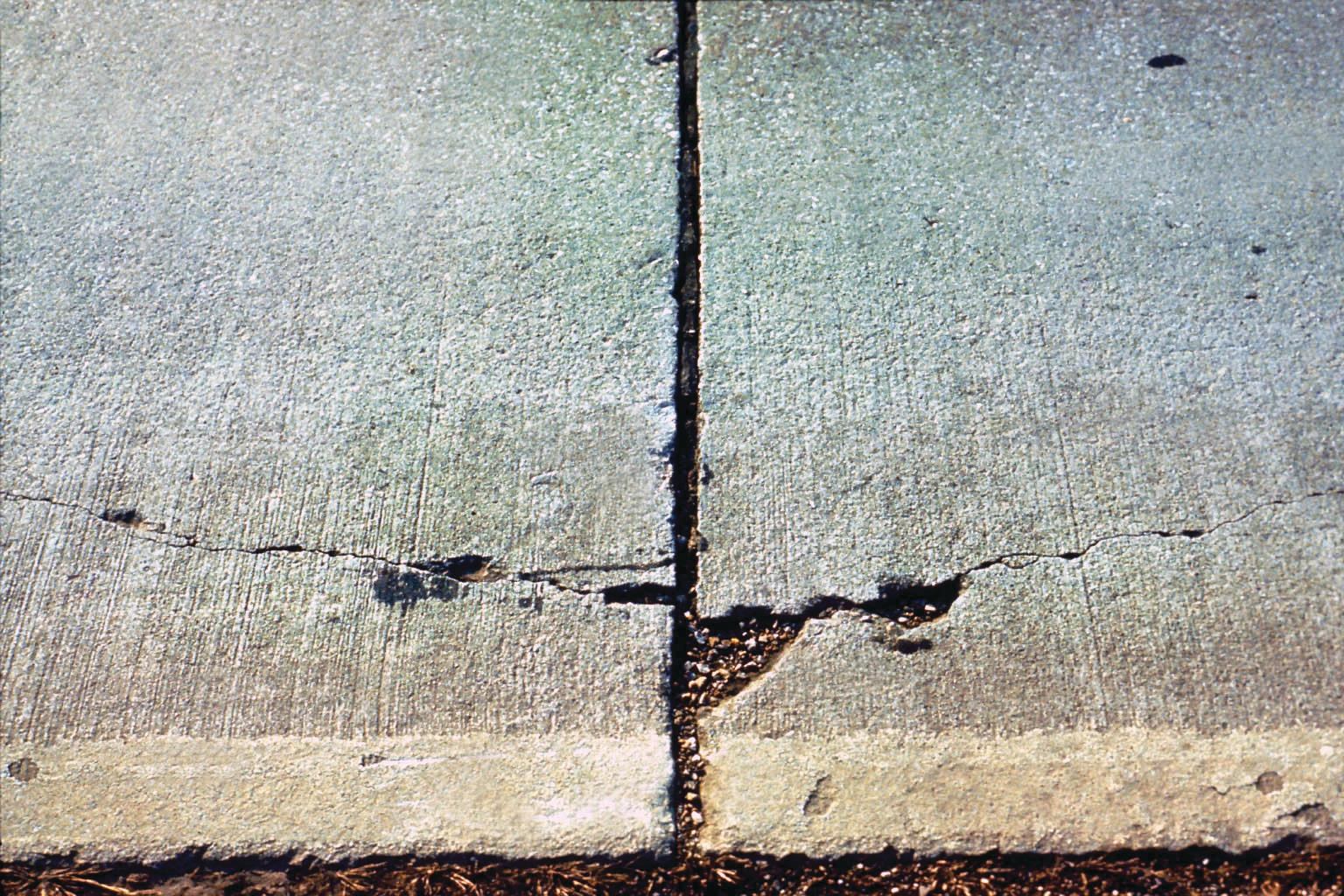A bond coat or Keycoats are regularly situated in polymer and can go about as a guard against consumption and different types of harm. It is indistinguishable from tack coats, notwithstanding, it is exclusive. It is created to act similarly as a tack coat, however, either intended for explicit applications or general capacities however with more further developed properties.
This kind of coat is fundamentally utilized by modern workers for hire for reemerging, fixing occupations, and new developments.
The usage of bond coats relies upon explicit inclination. Most industry associations propose the use of bond coats to forestall future harm to a design just as to protect its tasteful appearance. It is additionally applied to acquire the greatest bond strength.
In practically all application circumstances, wet or new concrete doesn’t display remarkable bonding to dry concrete. As per different testing, an incredible connection between these two types of concrete can be accomplished with the utilization of bond coats containing an expansive assortment of epoxies and copolymers just as:
- Latex
- Polyvinyl acetic acid derivation
- Styrene
- Acrylic tars
Such sorts of bond coats are particularly suggested in colder temperatures, as these can be more solid to rehashed defrost and freeze cycles.
Bond coats can extraordinarily help with forestalling harm by making the bonds existing between layers more grounded to ensure incredible grip. It is additionally exceptionally gainful on fix work, especially in circumstances where the concrete included merits saving or is still solid in structure.
In its application, quite possibly the most fundamental thing is timing. If new concrete layers are added on top of one more layer during that very day the concrete was applied, bond coats may not be important. In any case, a bond coat stays a decent choice for any period after the principal application.
Ideal surface arrangement and cleaning are needed before any type of bonding action is performed. To check whether the bond is sufficiently solid, everything necessary is to utilize a mallet and marginally tap the outer layer of the concrete following 24 hours of bond application. If an empty reverberation sound is heard, the connection between layers is sufficient.
Why Utilize A Bond Coat?
Redesigning can be an overwhelming and exorbitant undertaking for pool proprietors. See all expenses related to the remodeling and what various materials can mean for the life span of a pool. Pool plaster delamination happens when another layer of plaster has isolated from the old layer underneath.
A bond coat is the best way of forestalling delamination. Bond Coat material is an acrylic changed to concrete and sand combination. It is made of one-section tar and one-section bonding concrete is blended and afterward rolled or showered onto the pool divider and floor. A bond coat is utilized to precisely bond new pool coatings over existing plaster wraps up. It is the best way of guaranteeing a uniform use of the plaster.
on is available, it’s a sign that the old bond coat will presently don’t uphold another completion. A lot of delamination might demonstrate that an appropriate security cover was not utilized with the past plaster. At the point when this occurs, the old material should be taken out before the pool can be replastered.
By and large, the utilization of bond coats involves inclination. Nonetheless, industry associations like the American Concrete Foundation (ACI) prescribe utilizing bond coats to keep away from expected future tasteful and underlying harm and to accomplish a solid bond. The past article depended on the suggestions of key industry associations, just as the consequences of our testing.
In most application situations (except if the new concrete is as of now adjusted with a fitting polymer), new, wet concrete doesn’t bond well to existing dry concrete. Broad testing has shown that a more grounded connection between new concrete and existing concrete can be made by utilizing bond coats that utilization acrylic tars, styrene-butadiene (SBR) latex, polyvinyl acetic acid derivation (PVA), or wide scope of copolymers and epoxies. These types of security coats are liked, particularly in northern and mild environments where they are demonstrated to support more solid security during rehashed freeze/defrost cycles.
Indeed, ACI 302.1R-04, area 11.8, “Guide for Concrete Floor and Chunk Development,” demonstrates that one of the essential explanations behind spalling in the new development of conceded, two-course concrete floors where the base dries before the use of the top layer is helpless bonding of the fixing to the base course.
Bond coats can assist with forestalling this sort of harm by reinforcing the connection between the layers to guarantee solid attachment. Besides new undertakings, bond coats (polymer adjusted or not) are particularly valuable for fix work where the more established concrete is still fundamentally strong and worth protecting.
Something essential to remember with bond coats is timing. If a worker for hire adds another layer of concrete over one more layer around the same time the first concrete was put, a bond coat may not be required. Yet, any time after that underlying application, a bond coat is a decent decision.
One more central issue to consider is the surface arrangement. Great surface arrangement and advanced cleaning is a vital stage with any sort of bonding movement.
Regardless of how a worker for hire decides to bond concrete, there is a simple way of testing to check whether the bond is solid. Essentially delicately tap on the concrete fix utilizing a sled after no less than 24 hours. If the sound you hear is an empty reverberation, you realize that you have a solid connection between the layers.1
In synopsis, great attachment between the top/fix concrete and the base/unique concrete substrate is basic, particularly where a solid person is needed for the exchange of weighty burdens. A solid bond can be accomplished through a mix of good workmanship, surface arrangement, combination and relieving, and a bond coat.
Use Gypsum Plaster Machine for consuming your plastering time.



